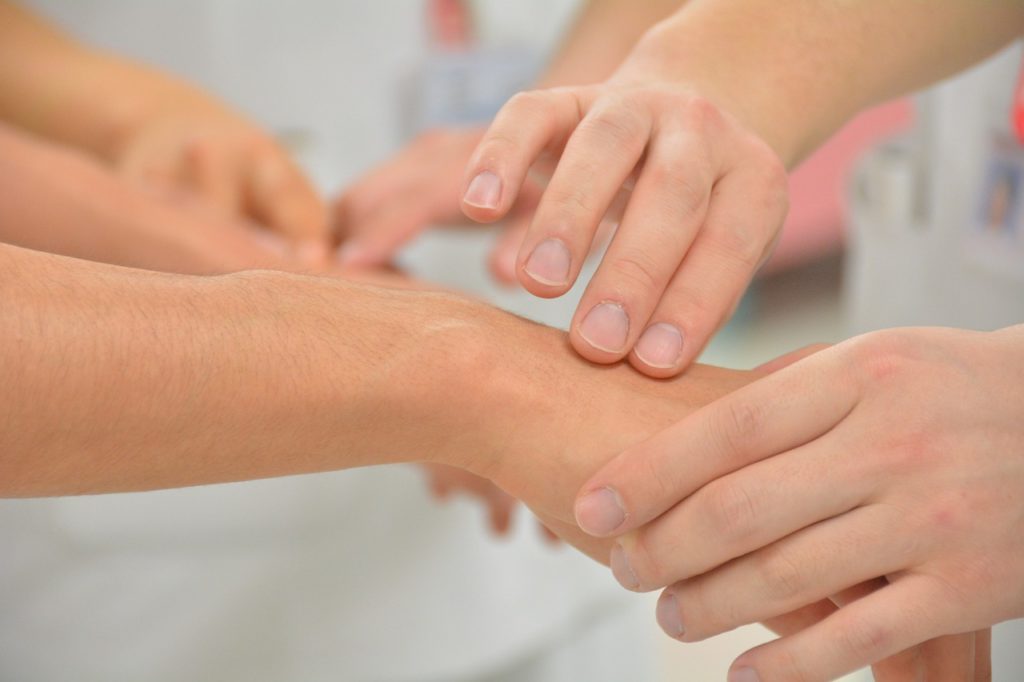It seems the Centers for Medicare & Medicaid Services (CMS) learned from a rocky rollout for its Medicare face-to-face rule, as it released similar regulations with several key distinctions last week for home care services covered by Medicaid.
“We’re very appreciative of the Medicaid program taking the time to develop the rule so that it didn’t repeat the problems that surfaced in the Medicare rule,” William Dombi, vice president for law at the National Association for Home Care & Hospice (NAHC), tells Home Health Care News. “It appears that effort is paying off.”
CMS released its final Medicaid face-to-face rule last Wednesday, requiring that physicians conduct and record face-to-face visits with patients in order to receive Medicaid coverage for home health services and medical equipment. The rule, officially published Tuesday in the Federal Register and effective July 1, states the encounter must relate to the patient’s need for home health services, and it needs to take place no more than 90 days before or 30 days after the start of services.
Reception of the rule has been fairly positive among industry groups, which have applauded the qualification of telehealth as an eligible face-to-face encounter, something not encompassed by the Medicare counterpart. Organizations also commend CMS for clarifying that people don’t need to be deemed homebound in order to receive home care, as well as leaving out a narrative stipulation originally included in the Medicare version that had been hotly contested.
Still, an area of potential concern could be documentation, because states will be responsible for modifying requirements pertaining to how extensive physician reports must be. However, so long as states put in place a documentation process that’s easy, transparent and doesn’t hinder access to home health services, providers should have no trouble complying with the Medicaid face-to-face rule, industry leaders say.
“[Visiting Nurse Associations of America] hopes that states will implement the new Medicaid face-to-face rule using common-sense documentation requirements that preserve access to home health services,” VNAA President and CEO Tracey Moorhead told HHCN in a statement. “We will be working with our members and other stakeholders to educate them about the requirement, the timelines and how to implement the provisions to minimize disruption of services and reimbursement.”
Another issue stems from costs associated with the rule, says Peter Notarstefano, director of home care and community-based services for LeadingAge. Though CMS did account for financial obligations that agencies will face as a result of the rule and therefore postponed compliance, Notarstefano says some home care agencies will be hard hit.
“The biggest barrier is going to be for the rural, smaller agencies that don’t have the ability to really communicate with physicians, to document different aspects of care,” Notarstefano says. “Adding regulations may reduce some fraud, but if it hinders care from starting, it’s actually going to cost more money in the long run.”
Written by Kourtney Liepelt
Companies featured in this article:
CMS, LeadingAge, NAHC, VNAA




